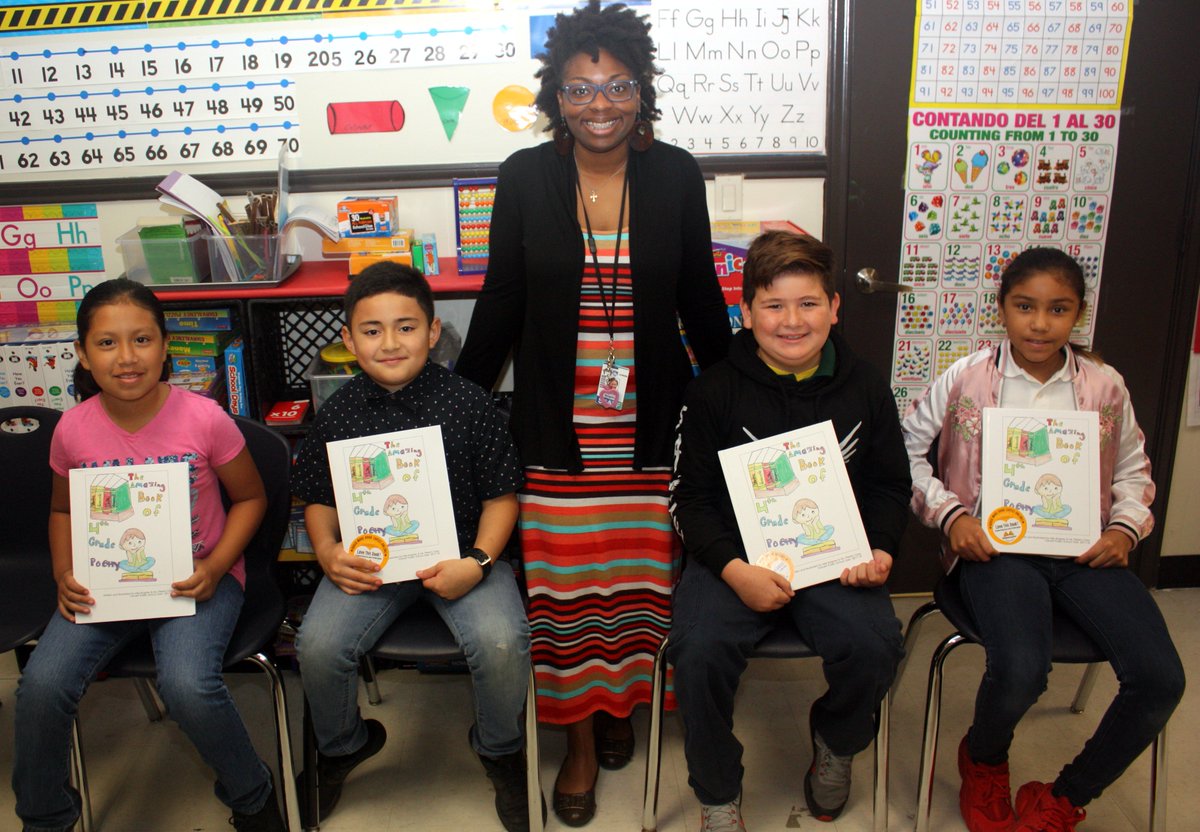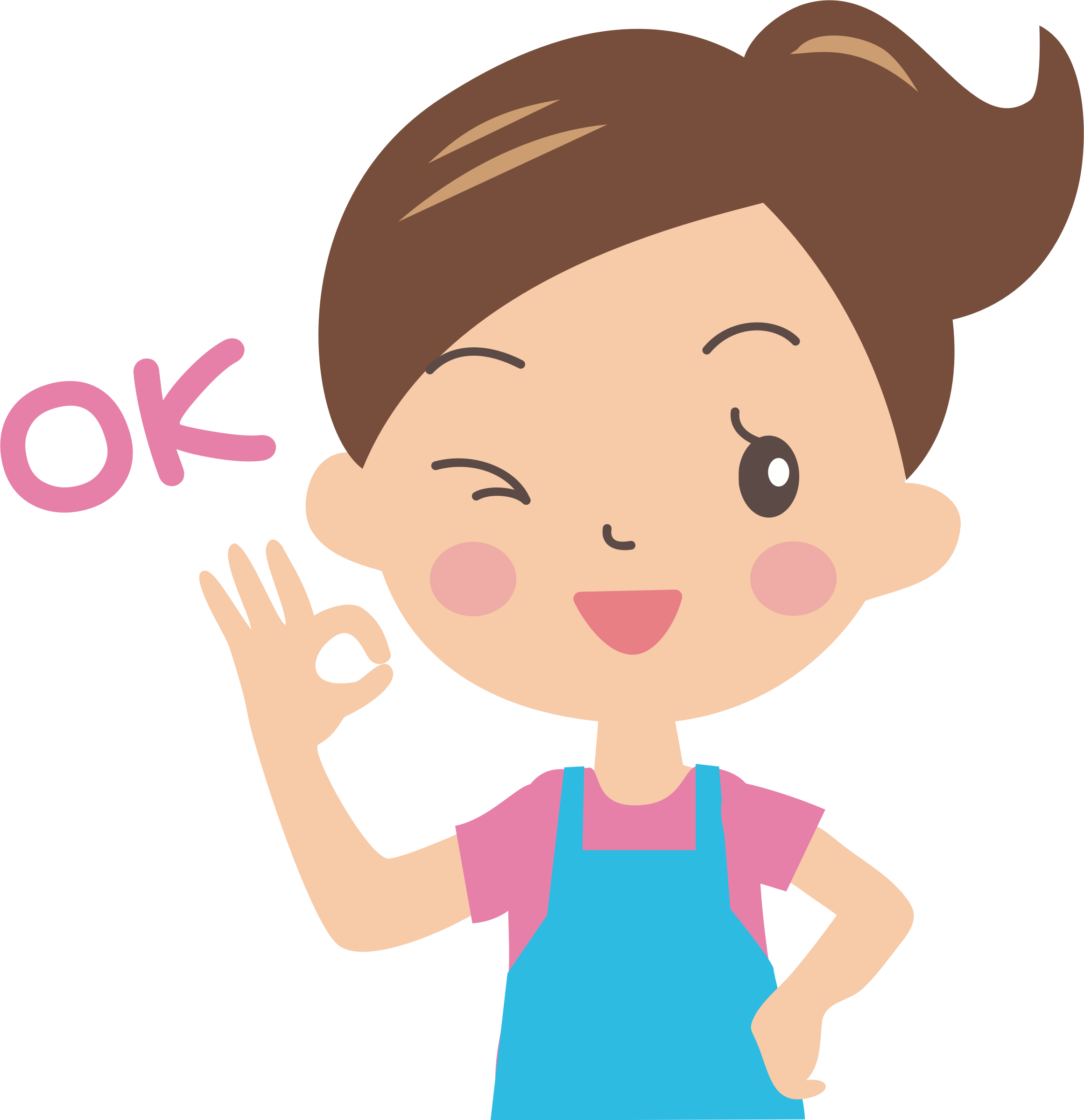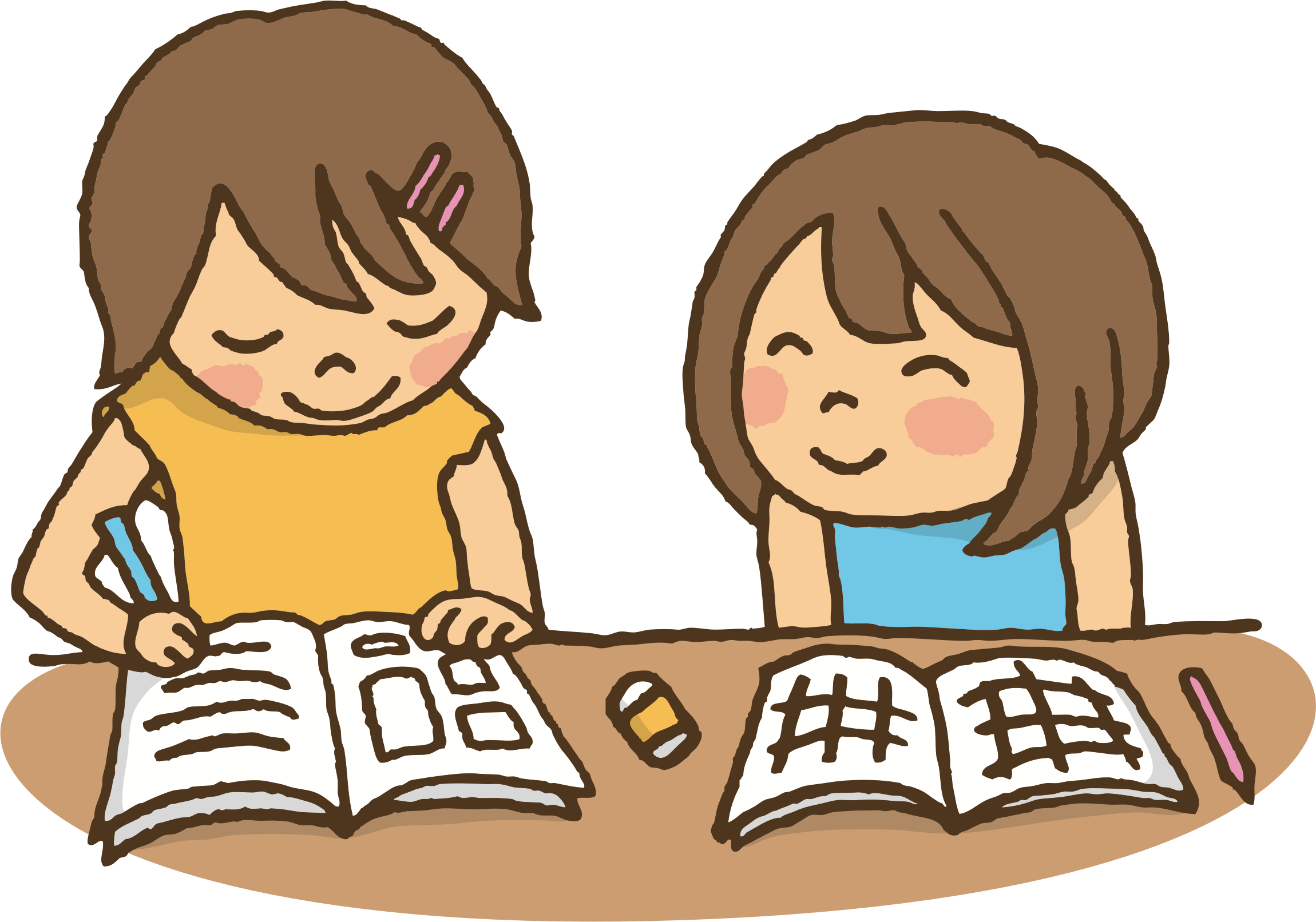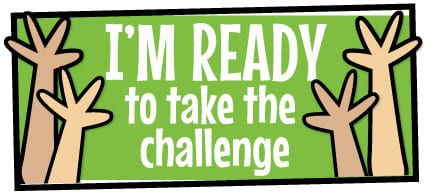 Helping young writers become published authors is a privilege and a thrill. There’s nothing I love more than watching their faces light up when they open a big box full of brand new books with their names on the “About the Authors” page. Teachers love it too! They have the best seats in the house, watching as their students learn and grow, building connections and gathering inspiration as they work together on their book. It’s an amazing creative journey unlike any other for everyone involved.
Helping young writers become published authors is a privilege and a thrill. There’s nothing I love more than watching their faces light up when they open a big box full of brand new books with their names on the “About the Authors” page. Teachers love it too! They have the best seats in the house, watching as their students learn and grow, building connections and gathering inspiration as they work together on their book. It’s an amazing creative journey unlike any other for everyone involved.
As their teacher, it’s up to you to inspire your elementary students to do their best. Teaching them how to write and how to publish their work is a major part of this process, and your kids will need support and encouragement every step of the way. Sharing writing and publishing tips like these with your young writers will help them write more effectively and get the most out of their classbook project—not to mention future writing projects!
#1: “The first rule of brainstorming is: don’t hold back.”
 Brainstorming is one of the most fun parts of the writing process, but sometimes it can be a bit challenging. It’s easy to get stuck on one idea—or worse, get stuck with no ideas at all! It happens to professional writers all the time. Remind them that when it comes to brainstorming, there are no wrong answers. Sometimes you have to come up with a few bad ideas before you can get to the really good ones. Encourage your students to think outside the box—way outside the box if they have to—and let their imaginations run free.
Brainstorming is one of the most fun parts of the writing process, but sometimes it can be a bit challenging. It’s easy to get stuck on one idea—or worse, get stuck with no ideas at all! It happens to professional writers all the time. Remind them that when it comes to brainstorming, there are no wrong answers. Sometimes you have to come up with a few bad ideas before you can get to the really good ones. Encourage your students to think outside the box—way outside the box if they have to—and let their imaginations run free.
#2: “When writing your first draft, it’s okay to make mistakes.”
 Especially for young, inexperienced writers, first draft doubts can make even the most confident students hesitate. Blank pages are intimidating, and it’s hard to turn off your own inner critic—especially when you haven’t had much practice at it yet. Remind your students that first drafts aren’t meant to be perfect. Even the most talented storytellers have to rewrite their work, sometimes more than once! That’s why your students get practice pages to work on first—and free replacement materials are always available if they need a little extra practice.
Especially for young, inexperienced writers, first draft doubts can make even the most confident students hesitate. Blank pages are intimidating, and it’s hard to turn off your own inner critic—especially when you haven’t had much practice at it yet. Remind your students that first drafts aren’t meant to be perfect. Even the most talented storytellers have to rewrite their work, sometimes more than once! That’s why your students get practice pages to work on first—and free replacement materials are always available if they need a little extra practice.
Are you Enjoying this Content?
#3: “Editing someone else’s work is about helping, not criticizing.”
 When teaching your students to edit one another’s work, make sure you take time to discuss their editing goals. It’s important that they know they’re not just looking for mistakes to correct—their aim should be to help a fellow young writer learn and grow. Encourage your students to include at least one or two positive notes whenever they give feedback, and ask them to focus on offering ideas for how the other person can improve their writing rather than criticizing them.
When teaching your students to edit one another’s work, make sure you take time to discuss their editing goals. It’s important that they know they’re not just looking for mistakes to correct—their aim should be to help a fellow young writer learn and grow. Encourage your students to include at least one or two positive notes whenever they give feedback, and ask them to focus on offering ideas for how the other person can improve their writing rather than criticizing them.
#4: “Self-edit one step, and one word, at a time.”
 When editing, it’s easy to overlook the little things—especially if you’re proofreading your own work. Be sure to emphasize the importance of taking the time to do it right and read over each and every sentence. After all, their work is going to be published and out there for the world to read and enjoy! It’s up to them to make sure their work is the best it can be, something they can be truly proud to share with others. The more effort they put into editing and revising their work now, the brighter it will shine when it’s sitting on the bookshelf!
When editing, it’s easy to overlook the little things—especially if you’re proofreading your own work. Be sure to emphasize the importance of taking the time to do it right and read over each and every sentence. After all, their work is going to be published and out there for the world to read and enjoy! It’s up to them to make sure their work is the best it can be, something they can be truly proud to share with others. The more effort they put into editing and revising their work now, the brighter it will shine when it’s sitting on the bookshelf!
Turning Young Writers Into Published Authors
It’s no overstatement to say that helping students publish their writing feels absolutely magical. Whether you’re a teacher or just the lucky guy who gets to publish their work, there is no reward as great as knowing you’ve made a difference in a kid’s life. Publishing is easy—just order a free kit, create your book and send it in for publication. Before long, your young writers will be proud authors eager to share their published books and inspire others just as you inspired them!
Ready to take the National Book Challenge with your class? Publish your unique classbook with us by June 30th, you will automatically be entered into the contest to win up to $5,000 in prizes. It’s that easy! Check out the contest page to learn more.

Image sources: Lead image via Twitter; Images 1, 2, 3, 4 via OpenClipart.org





